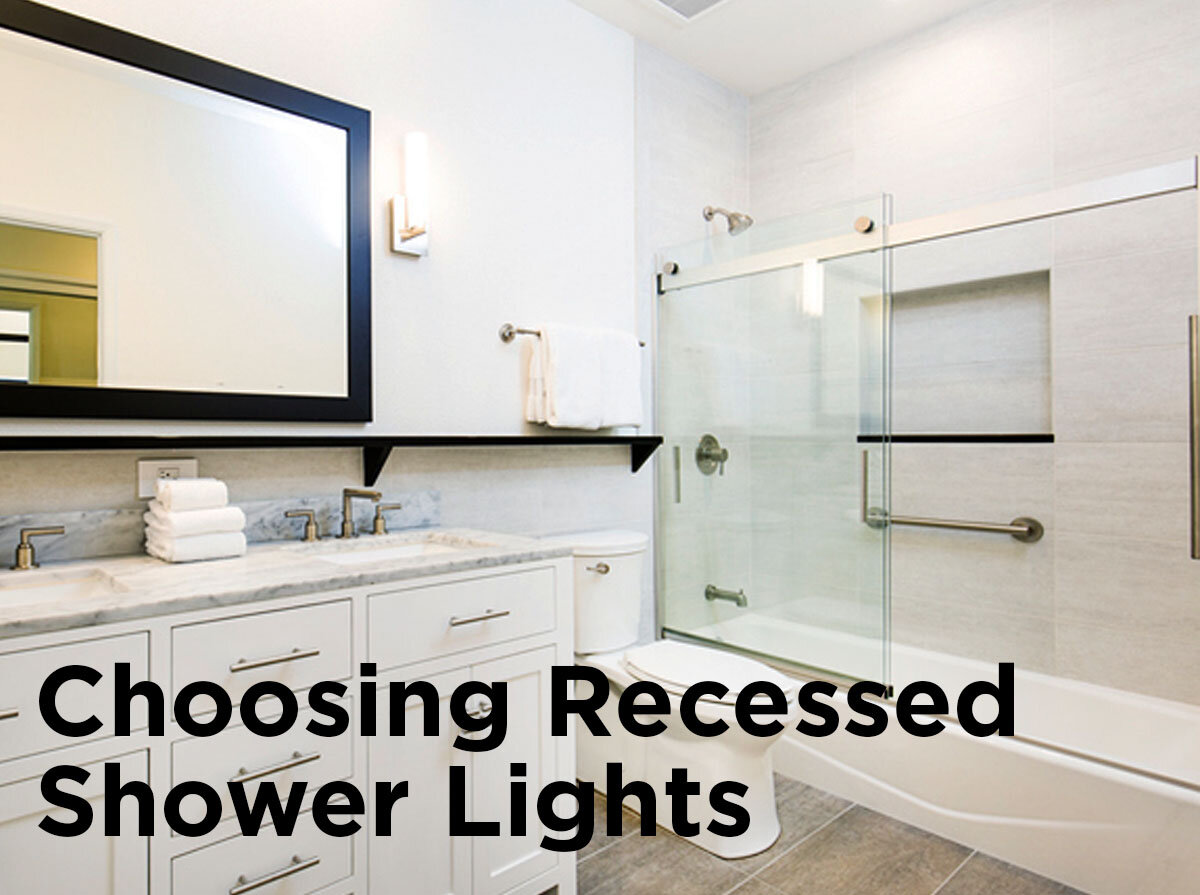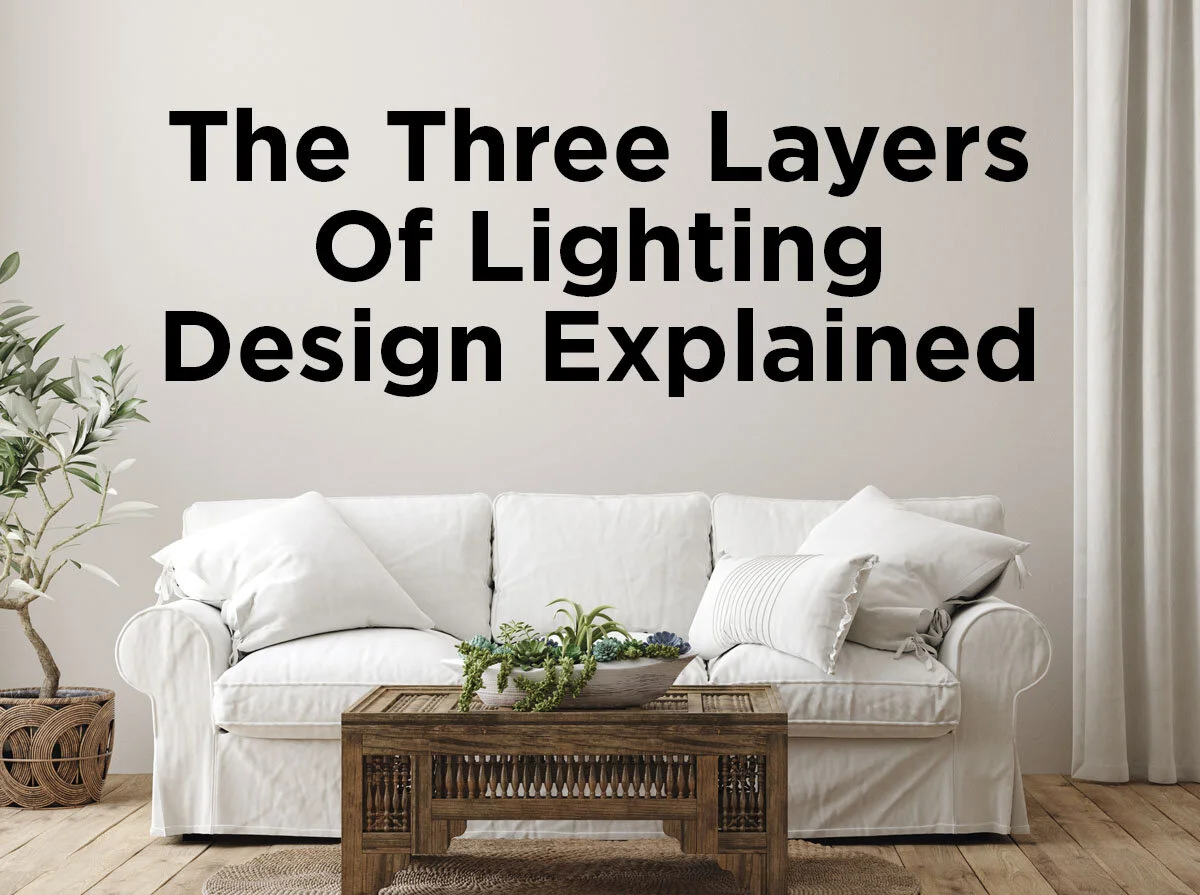Five Places to Use Pendant Lighting
If I could choose only one word to describe pendant lighting, it would have to be “versatile.” Not only do pendant lights come in all shapes, colors, and styles to fit your particular design aesthetic, but they can be used to serve the three main lighting functions that you’ll find in well-lit homes: general, accent, and task lighting. You can use them just about anywhere, but below are five places where pendant lights will really shine in your home.
1. Bedside Table
Between a table lamp, alarm clock, cell phone and anything else you need by you while you sleep, your bedside table is bound to become cluttered. Hanging a small pendant light above your bedside table will give you a little bit more space, in addition to being a unique alternative to the standard table lamp. You can use a mini pendant like the one shown in the picture to the right or, if you’re into the minimal/industrial look, a simple pendant socket accompanied by an antique Edison bulb will work just as well.
2. Kitchen Island
Whether you’re using it as a surface to slice-and-dice or as a gathering spot during an evening in with friends, kitchen islands should be properly lit. As I've already mentioned, pendant lighting is versatile enough to provide task lighting for cooking and food preparation purposes or for general illumination in your kitchen. It will also give you the opportunity to hang more than one in row, as shown in the picture to the right, or to use an island pendant with multiple lights specifically designed for use above kitchen islands.
3. Entryway
No matter how big or small the home, many people have some kind of an entryway where they hang their keys, jacket, etc. Not all of us have room for grand chandeliers, but pendant lighting is a worthy alternative for lighting your way once you walk through the door. Check out our post on foyer and entryway lighting for even more inspiration, as well as specifics on how high you should be hanging your light fixtures.
4. Dining Room Table
Installing pendant lighting above your dining room table will create an eye-catching focal point in the room and add decorative flair that reflects your personal style. When looking for pendant lights to hang above your table, consider how they shape and direct light. Some pendants may create a spotlight effect or the light from the bulb may be too harsh on the eyes if it’s exposed. Choosing a pendant that has some kind of diffuser, like a drum pendant might have, to soften the light or mostly directs light upward is ideal in these instances.
5. Bathroom Vanity
Bathroom vanity lighting can become a bit predictable, so placing a stylish mini pendant light or two above your bathroom sink(s) is a perfect way to mix things up. If you do place pendant lights in a bathroom with a shower that creates moisture, make sure both your fixture and light source are UL-listed. If you’re placing pendant lights where you normally apply makeup or perform other routines that require balanced, flattering light on your face, you may want to consider using other light sources such as wall sconces or recessed lighting.
Where do you use pendant lighting in your home? Leave us a comment below or get in touch with us via Facebook, Twitter, LinkedIn or Pinterest!







